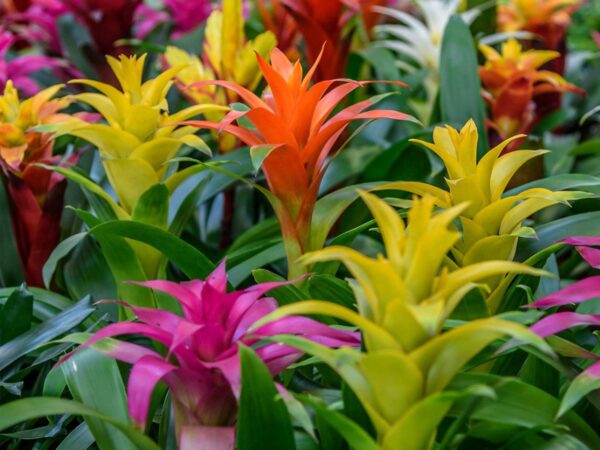Urban gardening and green spaces play a vital role in creating sustainable and livable cities. By incorporating vegetation into urban environments, we can improve air quality, enhance biodiversity, promote food security, and create spaces for community engagement. Here are key aspects and benefits of urban gardening and green spaces:

- Rooftop Gardens and Vertical Gardens:
- Rooftop gardens utilize underutilized space, reduce urban heat island effects, and improve insulation. Vertical gardens maximize vertical surfaces, bringing greenery to limited spaces. Both options contribute to urban aesthetics, enhance biodiversity, and provide opportunities for urban agriculture.
- Community Gardens:
- Community gardens promote social interaction, empower communities, and provide access to fresh, locally grown produce. They offer opportunities for education, skill sharing, and a sense of ownership, strengthening community bonds and enhancing food security.
- Urban Farms and Edible Landscapes:
- Urban farms, including small-scale aquaponics systems, hydroponics, and permaculture practices, allow for food production in urban areas. Edible landscapes incorporate fruit trees, herbs, and vegetables into public spaces, promoting sustainable food sources and fostering a connection with nature.
- Green Roofs and Living Walls:
- Green roofs are vegetated surfaces on rooftops that reduce stormwater runoff, regulate building temperatures, and improve air quality. Living walls are vertical gardens attached to building facades, providing insulation, enhancing aesthetics, and promoting biodiversity.
- Urban Parks and Pocket Parks:
- Urban parks are essential green spaces that offer recreational opportunities, improve mental and physical health, and serve as gathering places for communities. Pocket parks transform underutilized spaces into small, accessible green areas, providing relief from urban density.
- Biodiversity and Wildlife Habitat:
- Urban gardening and green spaces create habitats for birds, butterflies, bees, and other pollinators, contributing to urban biodiversity conservation. By planting native species and providing food and shelter, these spaces support wildlife in urban environments.
- Stormwater Management:
- Green spaces help manage stormwater runoff by absorbing and filtering rainwater, reducing strain on drainage systems and minimizing the risk of flooding. Rain gardens and bioswales are examples of green stormwater management techniques.
- Mental and Physical Well-being:
- Access to green spaces has been linked to improved mental health, reduced stress levels, and increased physical activity. Urban gardening and green spaces offer opportunities for relaxation, recreation, and connecting with nature, enhancing overall well-being.
Benefits of Urban Gardening and Green Spaces:
- Improved air quality and reduced urban heat island effects
- Increased biodiversity and wildlife habitat conservation
- Promotion of local food production and food security
- Community engagement and social interaction
- Stormwater management and flood reduction
- Enhanced mental and physical well-being
- Aesthetic enhancement of urban environments
By integrating urban gardening and green spaces into city planning, we can create more sustainable, resilient, and inclusive cities. Encouraging the involvement of communities, providing accessible green spaces, and implementing supportive policies and incentives will contribute to a greener urban future that fosters connection, well-being, and environmental stewardship.
As an Amazon Associate we earn from qualifying purchases through some links in our articles.




